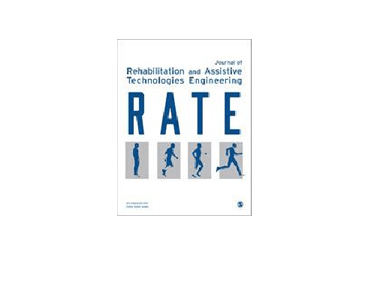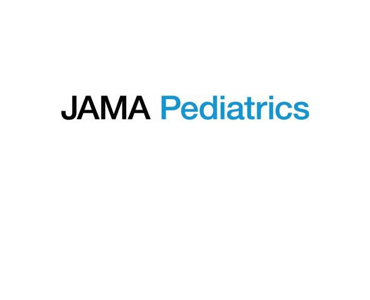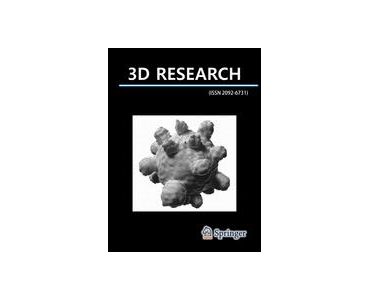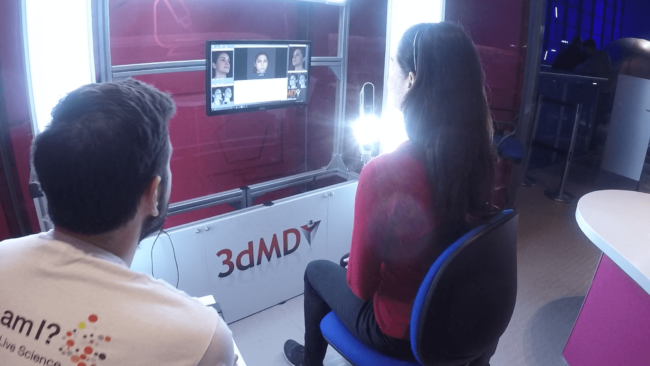Concurrent surface electromyography and force myography classification during times of prosthetic socket shift and user fatigue. J Sanford, R Patterson, DO Popa.
Date: August 2017. Source: Journal of Rehabilitation and Assistive Technologies Engineering. Objective: Surface electromyography has been a long-standing source of signals for control of powered prosthetic devices. By contrast, force myography is a more recent alternative to surface electromyography that has the potential to enhance reliability and avoid operational challenges of surface electromyography during use.…










